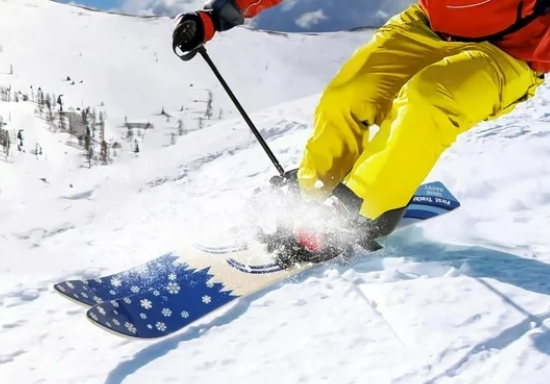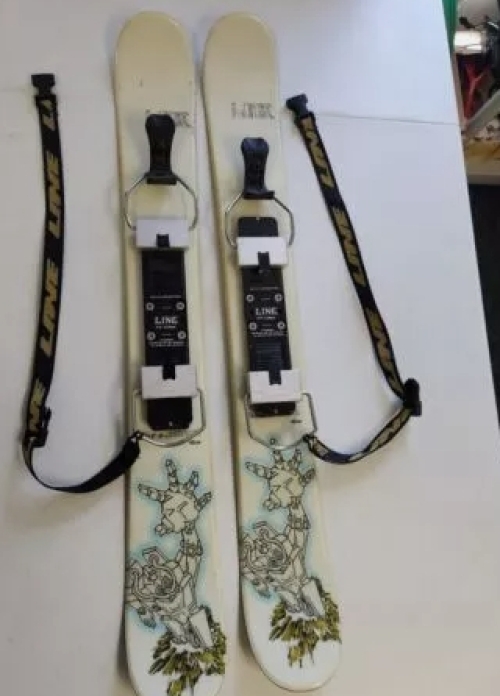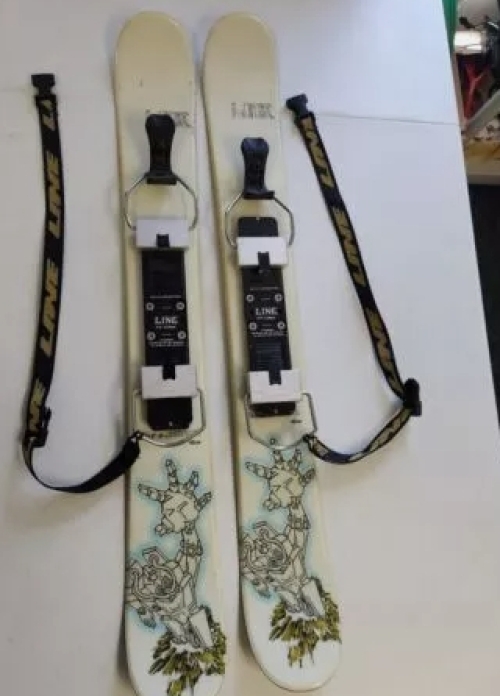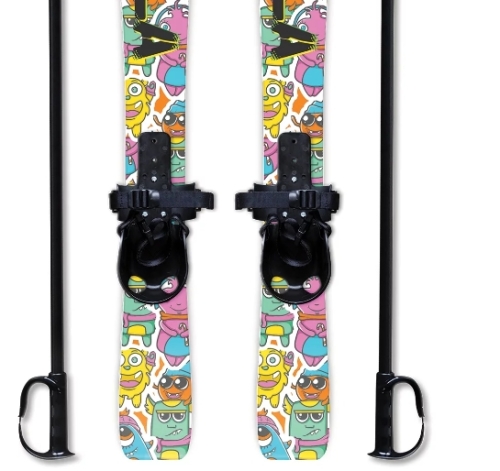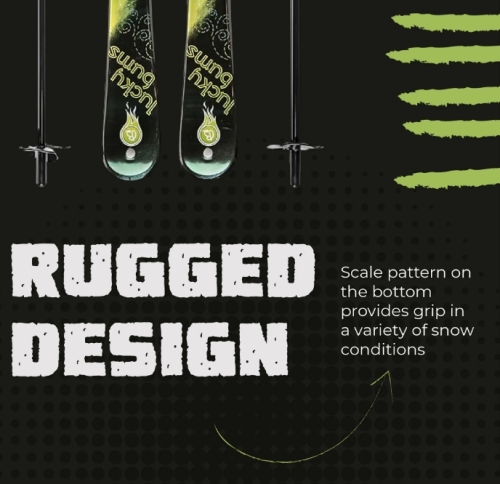Snowboard is one of the most core equipment in skiing, which directly affects the experience and performance of skiing. From beginners to professional skiers, different types and specifications of skis meet every need. Choosing the right skis can not only improve skiing skills, but also ensure that skiing is safe and comfortable.
All-mountain Floor is the most versatile type of ski, suitable for all ski conditions. They usually have good stability and control and are suitable for sliding on different terrains. Whether it is flat pistes or uneven snow, the whole mountain floor provides stable performance and is suitable for a variety of skiing activities.
Freestyle boards are designed for ski parks and aerobatics. They are light and flexible, allowing skiers to perform jumps, spins and other tricks. This type of ski usually has a bi-directional symmetrical design to facilitate sliding and acrobatic performance in various directions.
Freeboarding is suitable for sliding on deep snow and undeveloped snow. They are generally wider to provide better buoyancy and stability, helping skiers maintain control in deep snow. The design of the free skateboard focuses on sliding comfort and performance in various snow conditions.
The racing board is mainly used for high-speed coasting and large turns. They have a stiffer bend and a narrower plate width, allowing them to provide better edge grip and cornering performance when coasting at high speeds. Suitable for skiers who like to challenge their speed.
The length of a ski is usually related to the height and weight of the skier. In general, skis should be positioned between the skier's chin and nose to provide adequate stability and flexibility.
The width of the ski affects buoyancy and stability. The wider board is suitable for deep snow skiing, while the narrower board is suitable for fast turns and technical skiing. Choosing the right width can help skiers better adapt to different snow conditions.
The stiffness of a snowboar

